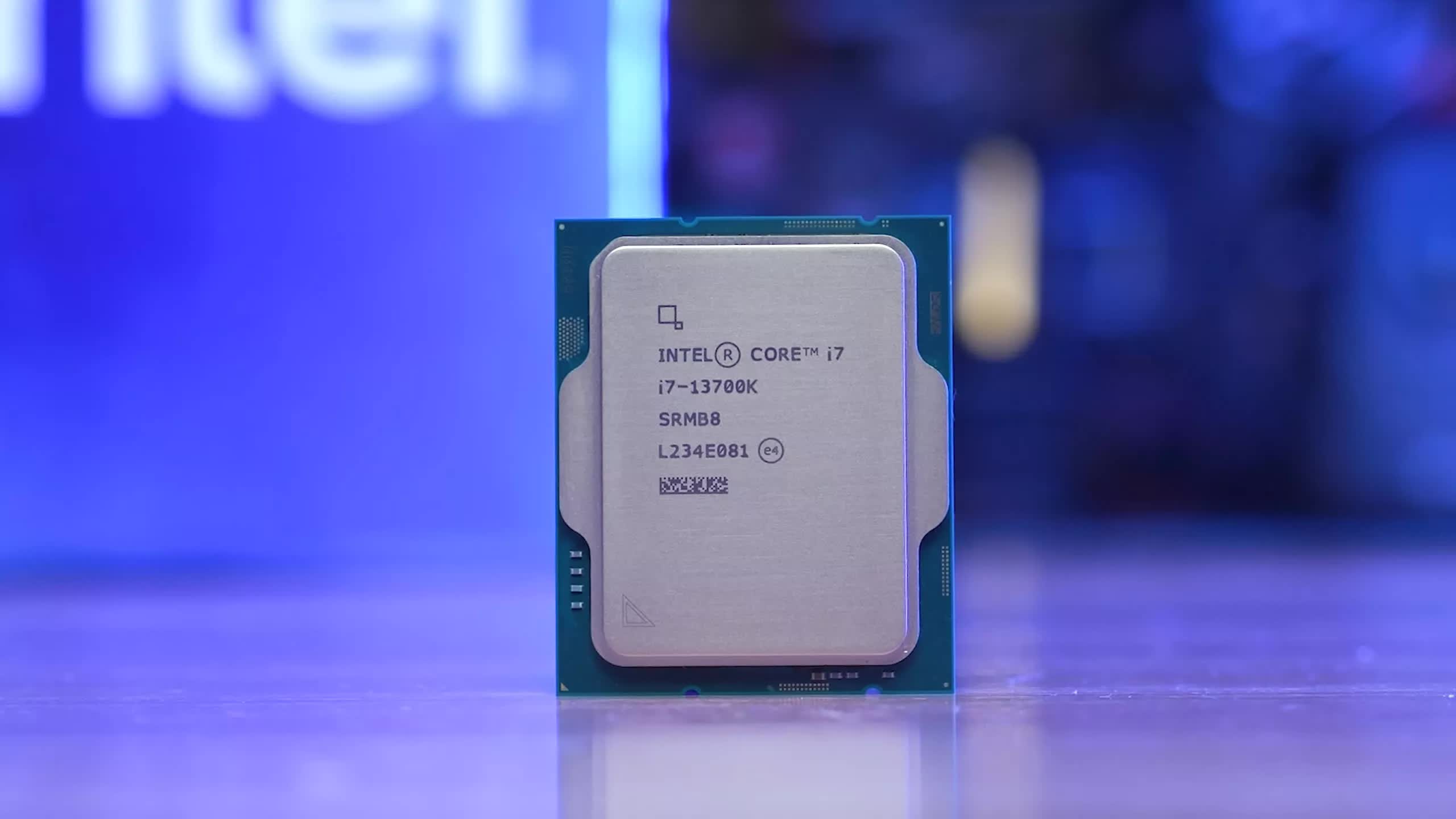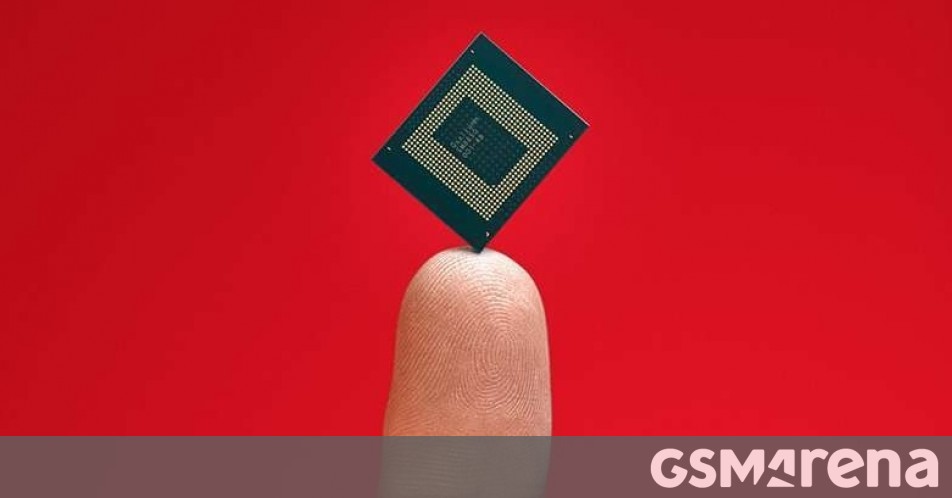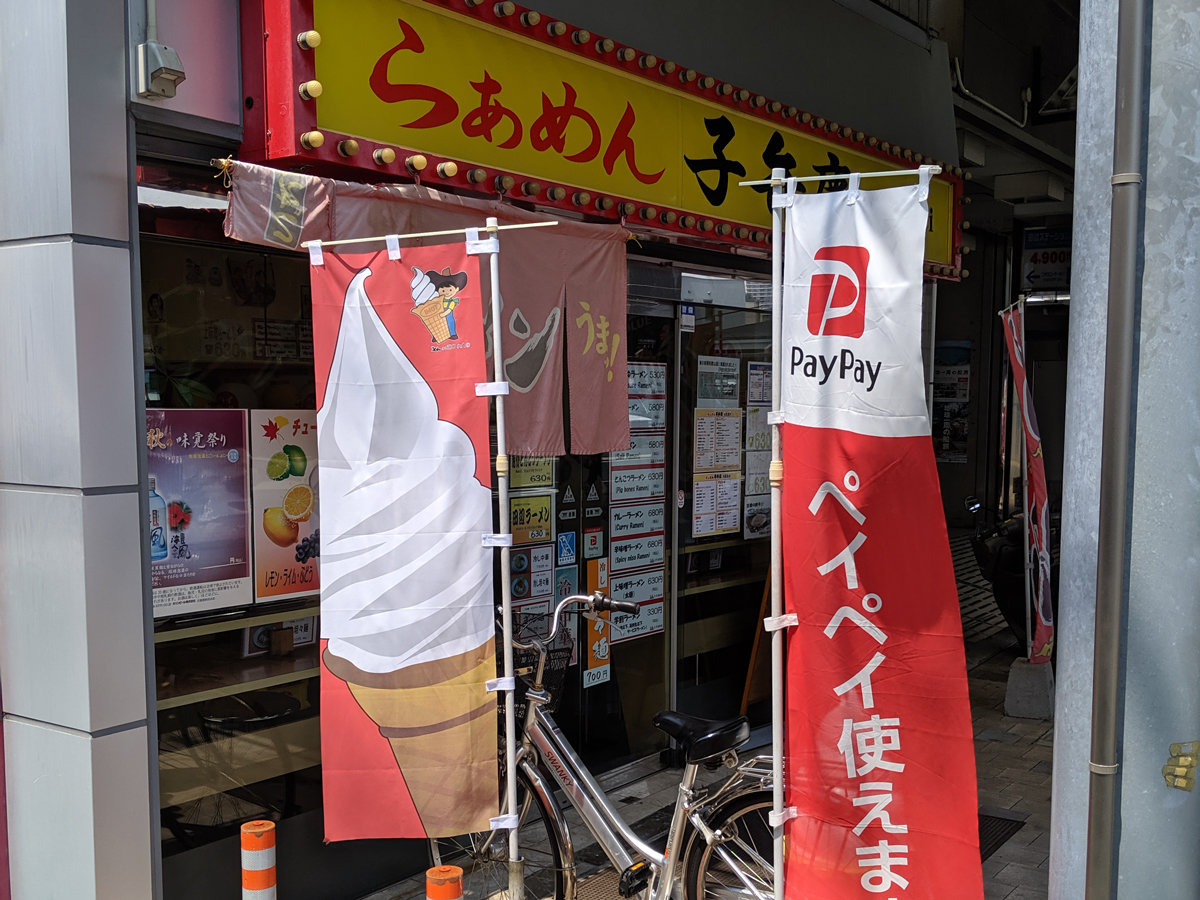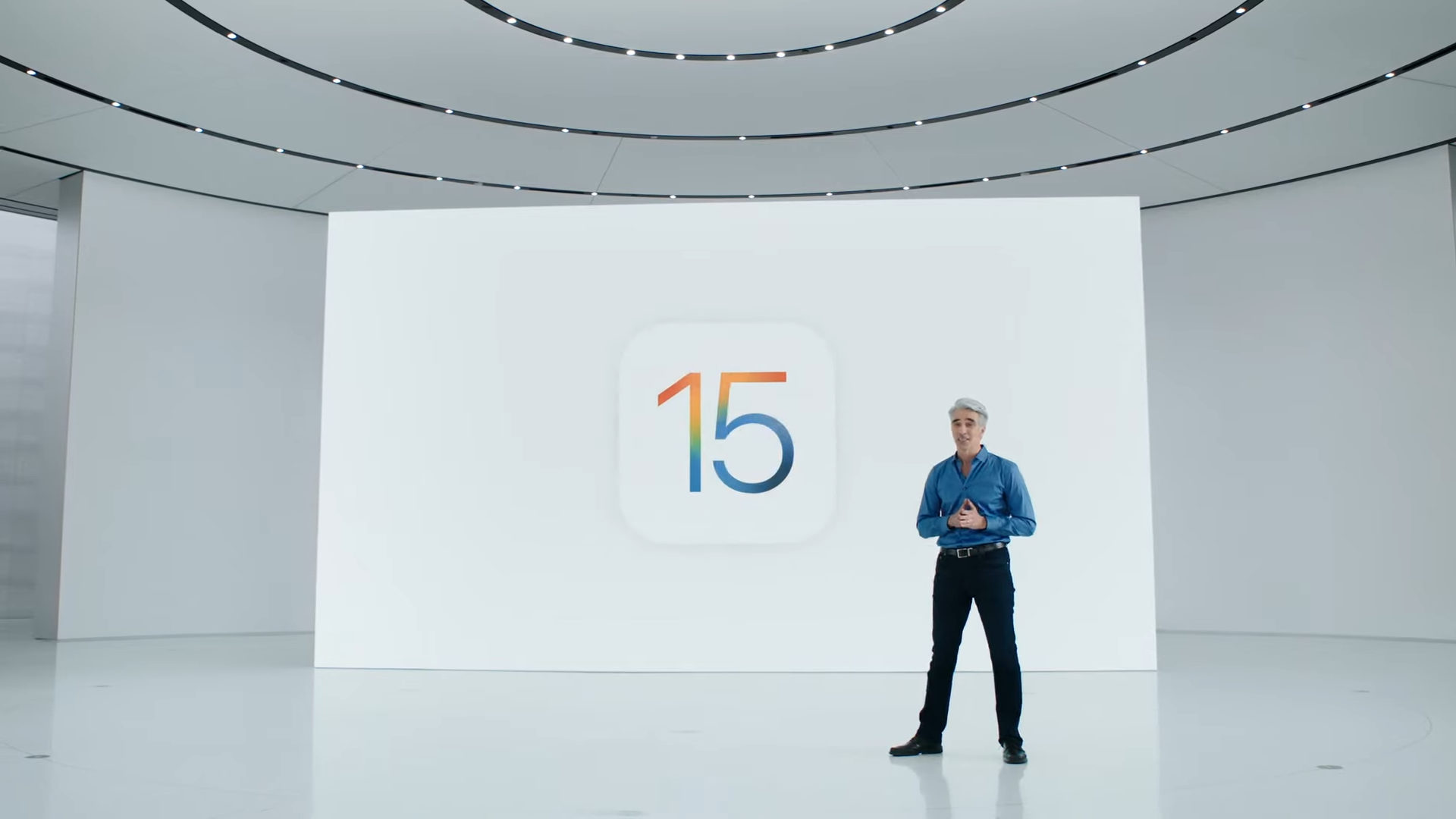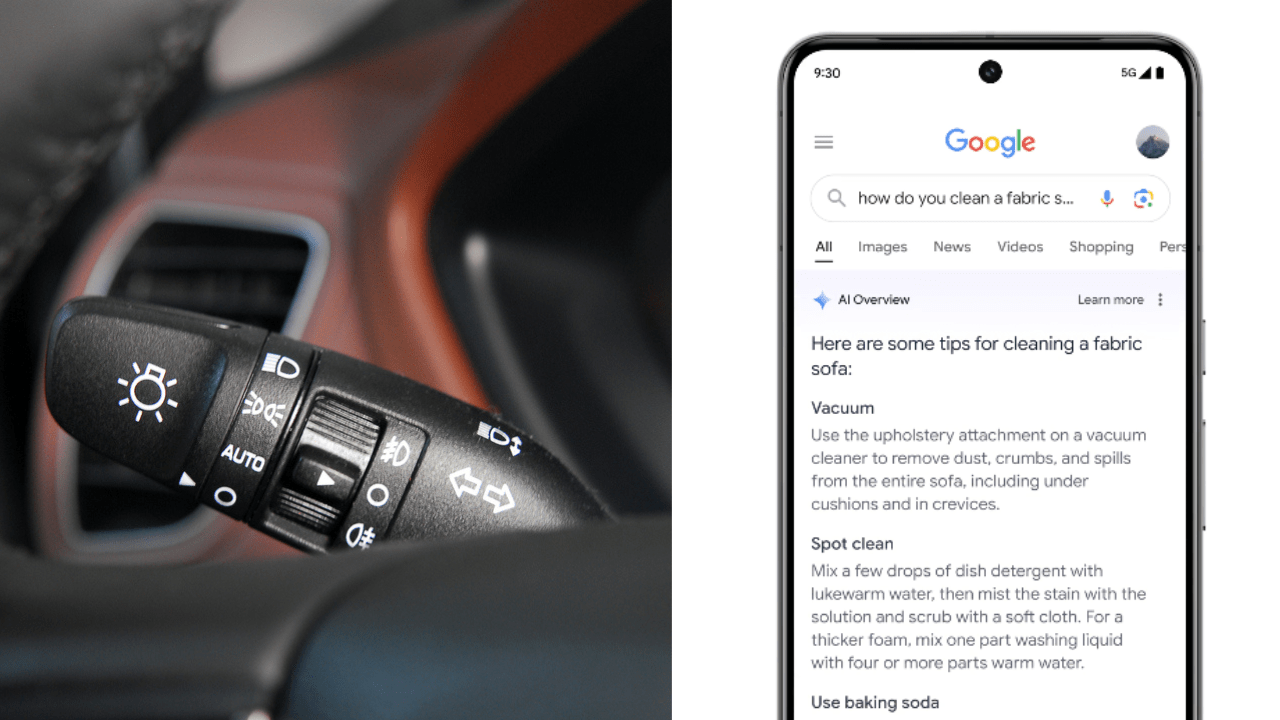This year Google added a new model to its flagship lineup – Google Pixel 9 Pro XL, dethroning last year’s Google Pixel 8 Pro as a top-tier Pixel in the family. Despite what the name suggests, the 9 Pro XL is more of an iterative update than a revolutionary reboot.
Furthermore, the Pixel 9 Pro XL’s launch price is considerably higher than the going price for the 8 Pro. So, on paper, the 8 Pro seems like the more sensible choice. The devil is often in the details, though, so let’s see if the 9 Pro XL deserves its price premium.
Table of Contents:
For starters, you can compare the complete specs sheets or directly continue with our editor’s assessment in the text further below.
Size comparison
![]()
The Google Pixel 9 Pro XL and 8 Pro have near-identical dimensions, even though this year’s 9 Pro XL has a 0.1″ bigger display. Google was able to slim down the bezels and achieve more screen real estate.
The newer Pixel is slightly thinner and heavier simultaneously, but we doubt anyone would notice in real life.
Build quality and appearance are just about the same. Gorilla Glass Victus 2 is on the front and back with an aluminum frame in the middle. The Pixel 9 Pro XL has adopted a slightly different camera island design, but that doesn’t affect handling or usage.
Display comparison
The two devices have the same underlying display tech – LTPO OLED with up to 120Hz refresh rate. Adaptive refresh rate and HDR10+ support are at hand for both handsets, but the newer 9 Pro XL is the winner in this department for two simple reasons.
Firstly, the Pro XL has the brightest display we’ve seen yet, going above 2,300 nits, while the 8 Pro maxes out at 1,600 nits. That doesn’t mean the Pro XL is about 40% brighter because luminance is measured on a logarithmic scale, not linear. Still, the newer Pixel surely provides a better viewing experience outdoors.
Secondly, you get 0.1″ of extra screen diagonal with the 9 Pro XL and more screen real estate. The thinner bezels look more modern on the newer Pixel too.
Battery life
Even though the Pixel 9 Pro XL shares the same battery as its predecessor (5,060 mAh vs. 5,050 mAh), battery life has improved. It could be due to the newer Tensor G4 chip or other under-the-hood optimizations.
Either way, the new Pixel has an Active Use Score of 12:32h, better than the 11:14h Active Use Score from the 8 Pro. While call and gaming runtimes are roughly the same, the 9 Pro XL edges out its predecessor with better web browsing and video playback, and these are, arguably, the tests that matter the most.
Charging speed
Both devices use the Power Delivery 3.0 standard for wired charging, but the 9 Pro XL’s is rated at 37W, up from the 30W on the 8 Pro. And according to our tests, the gains are noticeable.
The 9 Pro XL may still not be record setter but it’s noticeably faster than the 8 Pro at the 15-minute and 30-minute marks, delivering more than 10 percentage points difference.
However, the curve flattens as the 9 Pro XL gets closer to 100%. As a result, the full charging on the newer Pixel is just 5 minutes faster.
When it comes to wireless charging, both phones cap at 23W and that’s with the optional Pixel Stand, which provides the fastest wireless charging for these phones.
Speaker test
Technically, the 9 Pro XL offers louder speakers than the 8 Pro, but in real life, the difference isn’t all that noticeable. What’s noticeable is the sound tuning.
The 8 Pro’s speakers emphasize the vocals and mids, while the XL sounds warmer, with deeper and more pronounced bass. We can’t say which one is better, as it all boils down to personal preference, but we suspect the newer Pixel will appeal to more users.
Performance
Pixel phones have never been the high-performance type and Google has always focused more on the software side of things. That’s why the Pixel 9 Pro XL’s new in-house Tensor G4 SoC isn’t much of an improvement over last year’s G3. That’s not to say the phone doesn’t run well. Quite the opposite – both devices are snappy and responsive in their day-to-day tasks.
There’s no significant change in the memory configurations either. The newer Pixel gets 16GB of RAM across all storage variants, which is a step up from last year’s 12GB configurations, but that’s hardly an improvement, which you can feel or measure. The base storage option remains merely 128GB, but can go up to 1TB. Valid for both phones.
Benchmark performance
Naturally, the newer phone is faster than the older one, but the performance gains are somewhat modest. For instance, in CPU-heavy benchmarks like Geekbench 6, the 9 Pro XL scores 8% higher than its predecessor, but in a combined scenario like AnTuTu 10, that difference is closer to 20%. Interestingly, the 3DMark Wild Life benchmark shows almost no GPU improvements, just 5% gains that can be easily attributed to statistical error in some cases.
All in all, don’t expect any meaningful performance gain if you go for the Pixel 9 Pro XL.
Camera comparison
Jumping from just Pro to Pro XL brings little to the table in terms of camera improvements as one would expect from the price hike and naming scheme. The two handsets share largely the same camera hardware.
We’ve got the 50MP f/1.7, 1/1.31″ main shooter 48MP f/2.8, 1/2.55″ 5x periscope telephoto snapper and a 48MP ultrawide camera with some changes this year. The newer ultrawide unit gets a wider aperture (f/1.7 vs. f/2.8), but the sensor size decreases from 1/2.0″ to 1/2.55″. It’s hard to tell which approach bears better results before looking at the samples.
The selfie camera gets some love this year, though. The front-facing shooter is now 42MP, up from 10.5MP and still offers autofocus and ultrawide lens.
Image quality
As previously anticipated, the camera quality remains largely unchanged. The samples we took are from different days, which makes it harder to compare, but overall quality seems near-identical. We are hard-pressed to find any significant difference in rendition, colors, etc.
![]()
![]()
![]()
![]()
Pixel 9 Pro XL: 0.6x • 1x • 2x • 5x
![]()
![]()
![]()
![]()
Pixel 8 Pro: 0.6x • 1x • 2x • 5x
This is valid across all cameras and in both daylight and low-light scenarios. Even though the ultrawide shooter has changed, we couldn’t find any noticeable change in image quality there either.
![]()
![]()
![]()
![]()
Pixel 9 Pro XL: 0.6x • 1x • 2x • 5x
![]()
![]()
![]()
![]()
Pixel 8 Pro: 0.6x • 1x • 2x • 5x
We did notice a slight tendency for a brighter exposure, hence brighter shadows, in some low-light scenes shot on the Pixel 9 Pro XL.
Selfies are excellent on both phones, but we expected a significant improvement on the new model.
Video quality
For some reason, the Pixel 9 Pro XL’s videos are considerably worse than on the 8 Pro. They are soft and lack fine detail, which is true for all three cameras on the back. We suspect this is a software issue, which Google will address with a future update, but for now, the Pixel 8 Pro is the clear winner in this segment.
In all fairness, the low-light video by the Pixel 9 Pro XL’s main camera appears to have slightly better definition due to less agressive noise reduction.
![]()
![]()
![]()
![]()
Pixel 9 Pro XL: 0.6x • 1x • 5x • 1x low-light
![]()
![]()
![]()
![]()
Pixel 8 Pro: 0.6x • 1x • 5x • 1x low-light
Verdict
The 9 Pro XL offers upgrades that are too modest to justify the price difference of around €500/$500 at the time of writing.
Sure, the 9 Pro XL has a brighter and a tad larger screen with thinner bezels; it offers a modest improvement in charging, battery life and speaker loudness, but that’s not nearly enough to persuade a potential buyer to shed a few extra hundred bucks. Especially when you consider the long software support both devices are entitled to and the near-identical camera performance. In fact, the 8 Pro edges out its successor in this regard with better-looking video quality.
- The brighter and 0.1″ bigger display.
- The slightly improved battery life.
- The slightly faster charging.
- The differently tuned speakers.
- The extra year of software support.
Get the Google Pixel 9 Pro XL for:
| 128GB 16GB RAM | € 1,135.99 | £ 1,099.00 |
| 256GB 16GB RAM | € 983.18 | £ 1,060.71 |
| Show all prices | ||
- The considerably lower price tag.
- The better video recording.
- The largely identical user experience.
Get the Google Pixel 8 Pro for:
| 128GB 12GB RAM | € 671.04 | £ 441.45 |
| 256GB 12GB RAM | € 785.99 | £ 709.00 |
| Show all prices | ||
Note: This article have been indexed to our site. We do not claim legitimacy, ownership or copyright of any of the content above. To see the article at original source Click Here








